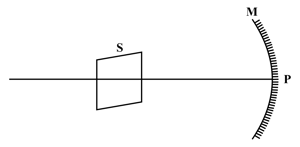Four students reported the following observation tables for the experiment to trace the path of a ray of light passing through a glass slab for different angles of incidence. The observations likely to be correct are those of student.

Important Questions on Reflection and Refraction
While tracing the path of a ray of light passing from air through a rectangular glass slab, the setup, in which the best result will be obtained is
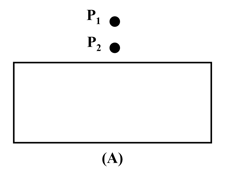
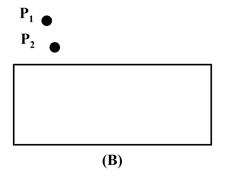
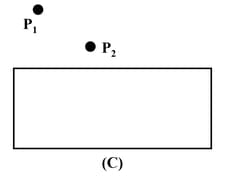
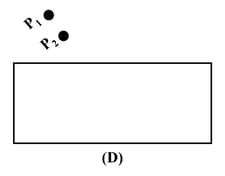
(i) Set A - A candle, a match box, a convex lens, a lens holder, a screen with stand.
(ii) Set B - A lens holder, a convex lens, a concave lens, a measuring scale.
(iii) Set C - A convex lens, a lens holder, a screen with a stand, a measuring scale.
(iv) Set D - A convex lens, a burning candle, a screen with stand, a lens holder.
Four students measured focal length of a concave mirror while performing an experiment as shown.
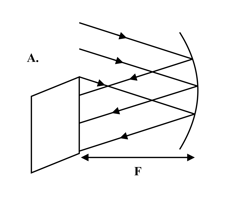
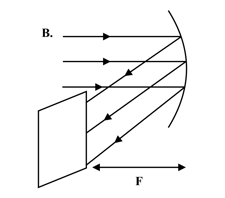
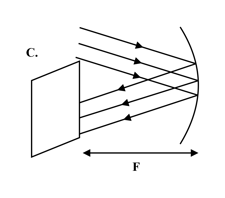
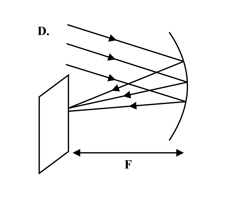
The picture which depicts the correct image formation is:
While tracing the path of a ray of light passing through glass slab as shown in the diagram, four students interpreted the results as given below:
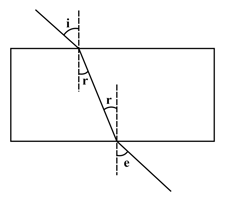
(A)
(B)
(C)
(D)
The student who has made the correct interpretation is
In the below figure 'S' is the position of the screen on which a sharp image of a distant object (nearly away from the concave mirror of focal length ) is formed by the mirror 'M'. If the object moves towards the mirror by some distance, say , then to obtain the sharp image of the object on the same screen again
